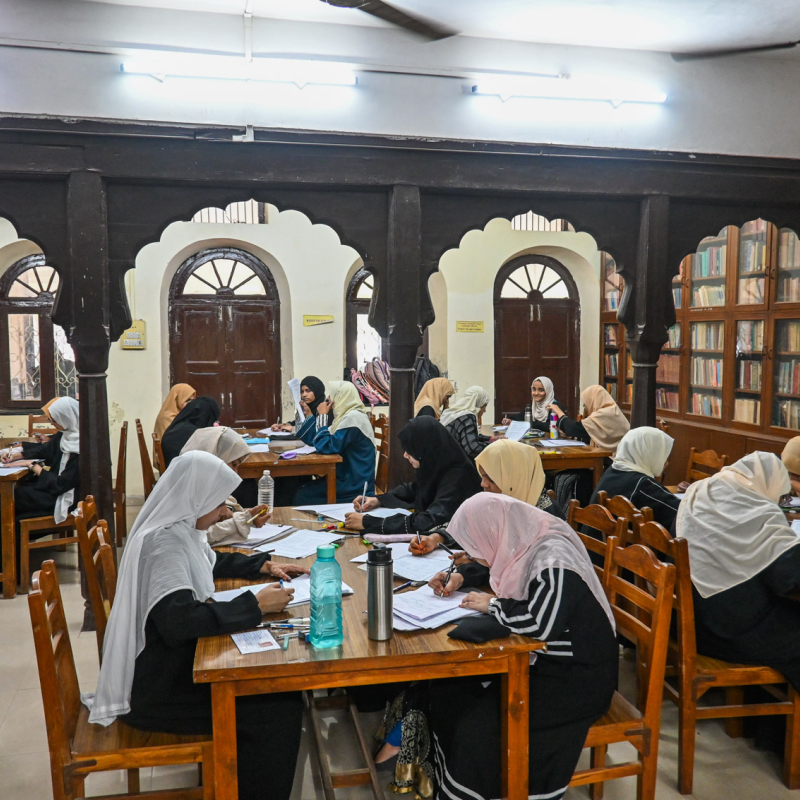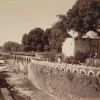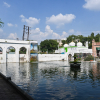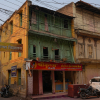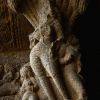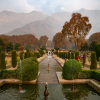The evolution of human civilisation is marked by a continuous process of knowledge making, and today’s centres of learning are testimony to this historic continuity in knowledge expansion. Cities such as Varanasi, Cairo, Istanbul, Rome, Florence, Baghdad, Delhi, Peking, Tashkent and Tehran serve as examples of the preservation of intellectual heritage and educational development. Such a legacy has often proved necessary for a city’s resilience in the face of historical challenges.
Chhatrapati Sambhajinagar is one such city and district with an enduring heritage of knowledge systems. Educational institutions in the region have received patronage since prehistoric times, and there is evidence of ancient learning centres in the city’s vicinity. Officially known as Aurangabad until 2023, the city saw significant growth under the reign of Mughal Emperor Aurangzeb (1618–1707). However, its knowledge systems predate the medieval era. Buddhist cave sites in the city and surrounding areas, such as the Aurangabad Caves, Ajanta and Ellora Caves, Pitalkhora Caves and several lesser-known Buddhist sites, served as centres of learning since the second century CE. Multiple inscriptions at Ajanta highlight the generous donations received from patrons for the propagation of Buddhist knowledge. An inscription in Cave No. 2 (No. 16) details a donor’s value and commitment:
…[bhimasya ya] d atra punya tad bha[va]tu…(matapitrm u)disa [sa][t]vanam anuttarajnanva (ptaye)
…of? Bhima. Let the merit therein be in honor [of his parents and for the attaining] of supreme knowledge by all living beings.”
These traditions, however, were not only confined to Buddhism. Over the centuries, the area witnessed the growth of a diverse range of religious and spiritual knowledge systems, each leaving a distinct mark. While Buddhism flourished and diversified through its sects and schools, other traditions such as Bhagavatism, Shaivism and the Bhakti movement also gained prominence, and many centres of Bhakti and Sufi schools emerged in the region. Saint Dyaneshwar, a venerated Marathi scholar, poet and philosopher of the Hindu Varkari sect, was born in Pratishthan, on the banks of river Godavari, around 30 kilometres southeast of present-day Chhatrapati Sambhajinagar. Later, the Varkari sect flourished in the region under Saint Eknath, who was also born in Pratishthan. The region was also a centre for the Mahanubhav sect of Hinduism, founded by Saint Chakradhar Swami.
Patana Devi, located about 100 kilometres northwest of Chhatrapati Sambhajinagar, is renowned as the ashram and abode of the eminent scholar and saint Bhaskaracharya. Known for his monumental work Lilavati, Bhaskaracharya was a polymath, excelling in diverse fields such as grammar, medicine, logic, mathematics, the Vedas, gemology and Vedanta philosophy. His contributions to mathematics, algebra and trigonometry, as detailed in his masterpiece Siddhāntaśiromaṇi, remain significant. He was an influential teacher and established a school in Patana—a legacy later carried forward by his disciples.
The region surrounding present-day Aurangabad was also home to significant Jain learning centres, notably the Jain Caves of Ellora or those discovered in Kachner village, situated around 35 kilometres from the Aurangabad railway station. These learning centres flourished under the patronage of the various Jain sects.
With the advent of Islamic rule and scholarship, many learning centres or khanqahs of Islamic theocracy also emerged in the city. Among them, Khuldabad, its name meaning ‘door towards heaven’, remains a major centre. It is interesting to note that the small town of Khuldabad has more than sixteen Sufi silsilas (lineages) of disciples originating from the Prophet Muhammad. This legacy can be traced to the time when Emperor Muhamad Bin Tughlaq shifted his capital from Delhi to Devagiri (renamed Daulatabad) near Khuldabad.
Khuldabad also has a modest shrine dedicated to Mughal Emperor Aurangzeb, who chose to be buried beside his teacher Hazrat Zainuddin Shirazi. Aurangzeb’s interest in Aurangabad also stemmed from its proximity to his personal tutor.
One of the city’s historic centres of learning, the Panchakki khanqah was founded in the 1730s when the city of Aurangabad was in its most turbulent state of affairs due to clashes between the Nizam of Hyderabad and the Peshwas. Under the guidance of Shah Baba Pilangposh and Shah Baba Musafir, this institution supported its students through the operation of a flour mill that catered to the city residents and the military members stationed in the city. Historical records indicate the Panchakki khanqah housed more than 500 learners at a time.
Modern Institutions
As Aurangabad expanded, it embraced new Western educational trends emerging across India. In the 1750s, consistent conflicts among Nizams, the Marathas and later the Peshwas prompted the Asaf Jahi dynasty to relocate its capital in the Deccan from Aurangabad to Hyderabad. However, they handed over the administration of the region to their British and French allies. By 1818, following British victory over the Maratha confederacy, they secured broader authority from the Nizam to establish a formal cantonment in Aurangabad. This allowed the British to promote anglicised educational systems in the region. The result was the establishment of convent schools in the city, such as the Christ Church School, established in 1875.

Students of Rafiq Zakaria College for Women in the library. (Picture Credits: Anil Purohit)
With changing values in the modern educational system, schools were founded both by the Nizam’s government and by affluent communities. By the 1930s, responding to diverse community needs, schools offering instruction in Hindi, Gujarati and Marathi also emerged. The growing demand for convent education, supported by patronage from influential residents, also resulted in the establishment of several institutions—the Holy Cross English and Marathi schools (1958–60s), the Seventh Adventist School (1960s) and the Saint Francis Convent School (1967). These convent schools not only served British cantonment residents but also the children of the growing number of people migrating from neighbouring villages and the marginalised communities to work in the burgeoning cotton and silk mills owned by the Nizam of Hyderabad.
One of the first higher education institutions to be established by the Nizam was the Nizam College in 1887, now known as the Government Arts and Science College of Chhatrapati Sambhajinagar, housed in the vicinity of Qila-e-Ark. However, its students either had to travel to Bombay University or Osmania University (in Hyderabad) to complete their university degrees. A significant challenge arose from Osmania University’s Urdu-medium instruction, which proved difficult for students educated in English, Marathi or Gujarati.
The Saraswati Bhuvan Education Society (SBES) was established in 1923 by the nationalist lobby of the city, headed by Govindbhai Shroff. Under his leadership, SBES became one of the torchbearers for the inclusion of Hyderabad state and eventually Aurangabad division in the Republic of India in 1948–1949 under Hyderabad Liberation Movement/Marathwada Mukti Sangram in 1949. Till today, SBES has its own pre-primary, primary, secondary and higher secondary (junior college) schools as well as higher education colleges catering to students from the city and neighbouring rural areas.
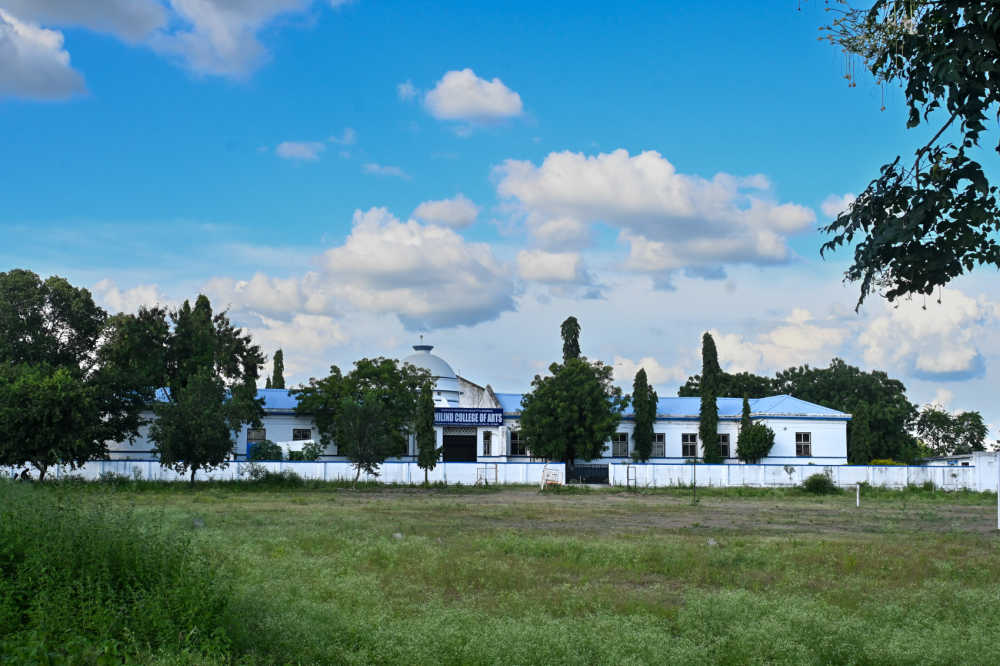
Milind College of Arts. (Picture Credits: Anil Purohit)
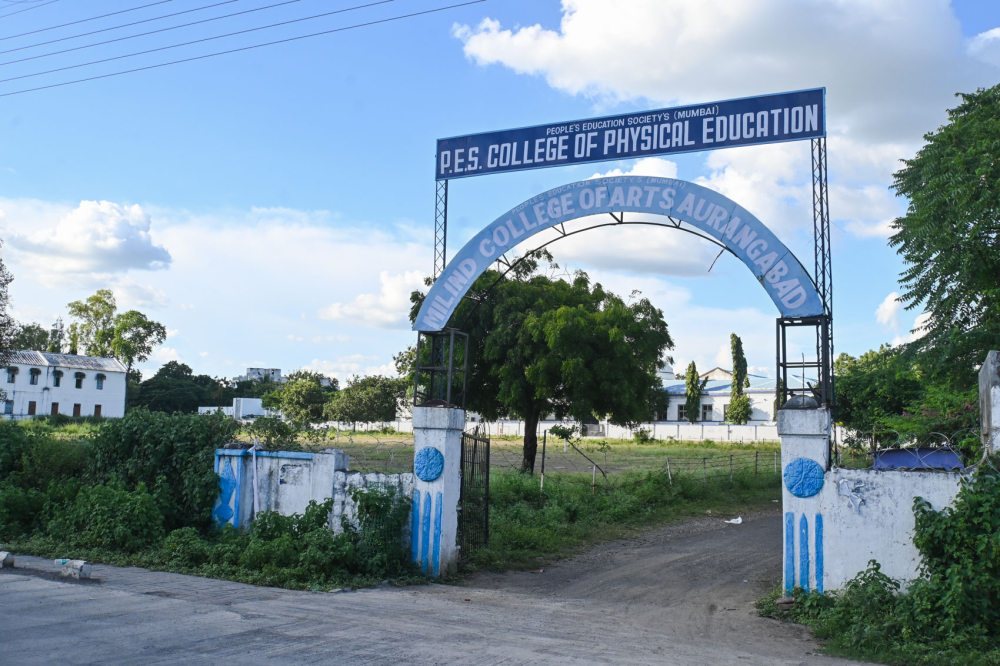
Entrance of Milind College of Arts. (Picture Credits: Anil Purohit)
In the early 1940s, as he began work on the inclusion of Hyderabad state in the Republic of India, Dr Babasaheb Ambedkar, recognising both the educational potential and inherent caste disparities in the Aurangabad region, founded of the People’s Education Society (PES) in 1945, which runs twelve colleges presently. With his efforts, PES established the Dr Babasaheb Ambedkar College of Arts, Commerce and Science; Milind Arts College; and Dr Ambedkar Law College. All these institutions were built with the vision of bridging the gap between Eastern and Western educational values. By the 1950s, the educational institutions developed by PES became pillars of modernisation.
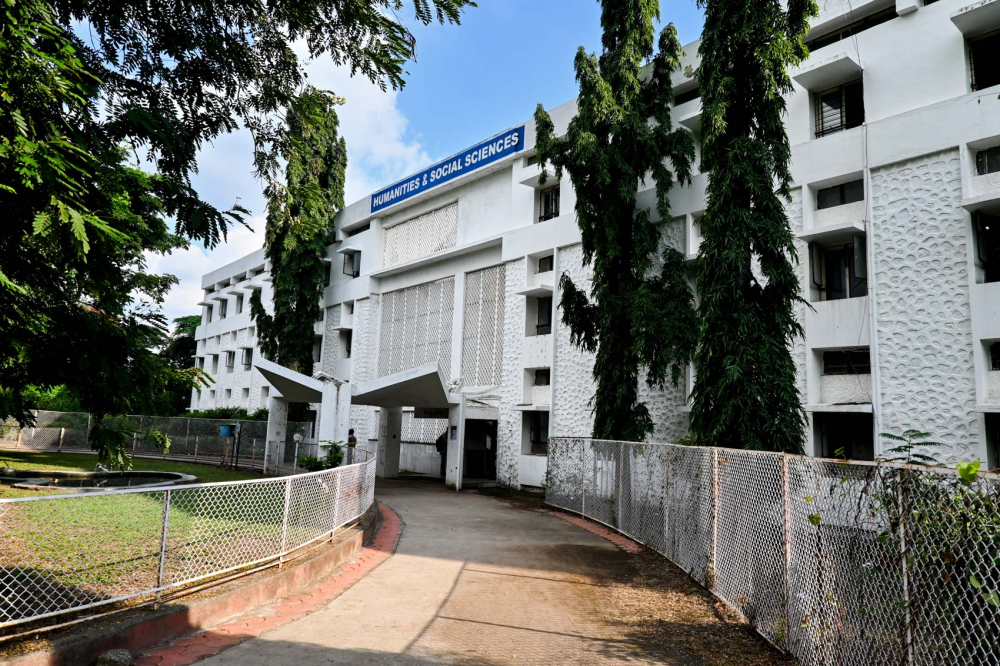
Humanities & Social Sciences Department, Dr Babasaheb Ambedkar Marathwada University. (Picture Credits: Anil Purohit)
In 1958, the Government of India founded the Marathwada University, conceptualised under the leadership of the country’s first prime minister, Jawarharlal Nehru. The university is closely aligned and adjacent with PES and its various educational institutions. In 1994, Marathwada University was renamed Dr Babasaheb Ambedkar Marathwada University in honour of the personality who changed the city’s educational landscape.
Aurnagabad’s educational institutions reflect its rich academic heritage and serve as a tribute to the efforts of the visionary leaders and rulers that shaped its landscape. While its educational movements may have commonalities with other regions in India, specific interventions are unique to the city, making it an interesting study.
Reference:
Cohen, R. S. (2006). Ajanta’s Inscriptions. In W. M. Spink (Ed.), Ajanta: History and Development; Volume 2: Arguments About Ajanta (pp. 273–339). Leiden: E.J. Brill.
This essay has been created as part of Sahapedia's My City My Heritage project, supported by the InterGlobe Foundation (IGF).
